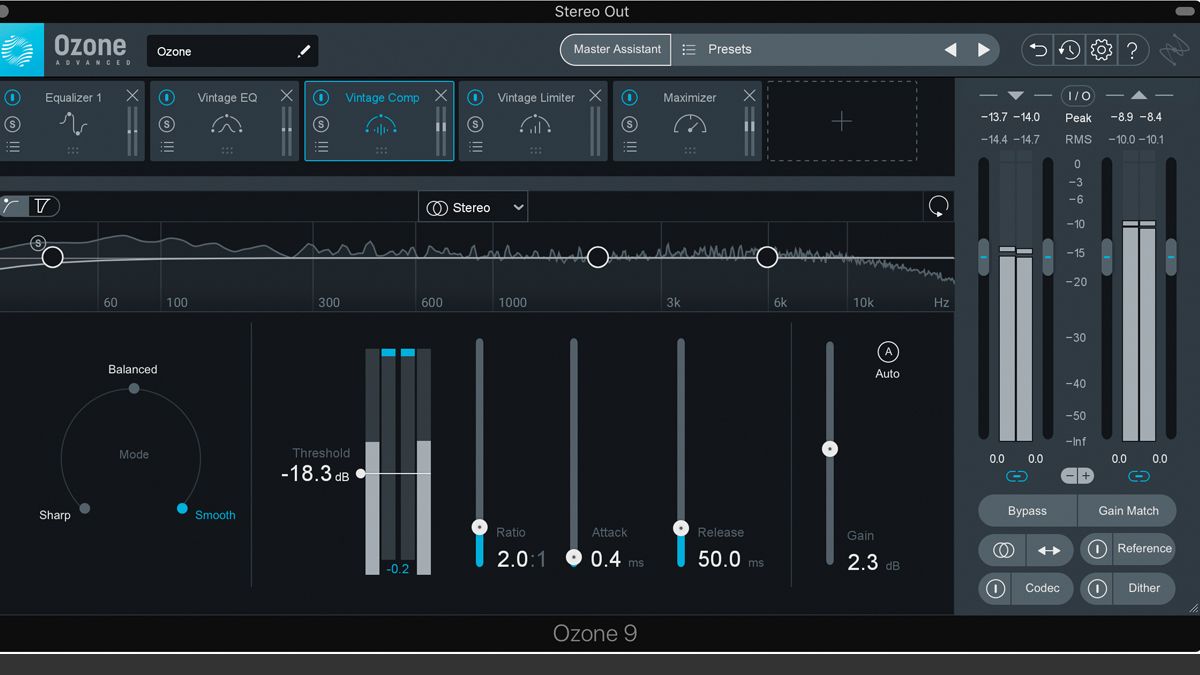


These true peak values are estimations of the analog representations of audio waveforms, rather than just the digital peak. The dynamic range is the dB difference between the highest and lowest ‘true peak values’. But to get to -6 LUFS, you sacrifice a lot of dynamic range. The problem is, Spotify just turns the volume down. One main way they do this is by targeting the same LUFS level for all music, and adjusting the gain as a result.įor example, if you’re making a tune at -6 LUFS, Spotify will turn it down to -14 LUFS if their target is so. Since services like Spotify and Apple Music have become the gatekeepers of most music, they each come with their own way of standardizing the listeners experience. Recommended: How To Get Full Mixdowns by ‘Thinking Like A Compressor’ LUFS Targets on Music Services The main reason for the increase in loudness is that to humans, louder is better.Ĭompared to the last record, if yours is louder, it will likely be perceived as more ‘professional’.īut that’s all changing with music streaming services. This has gotten higher and higher over time, as limiting and maximizing has gotten more sophisticated with the algorithms, allowing music to become extremely loud without any obvious repercussions.īesides the lack of dynamic range, which has created a years-long debate amongst the music and audio communities. Short-term LUFS looks at a shorter window of time and is great for identifying the loudness of a particular section.ĭownload for free LUFS and The Loudness Warsįor a very long time, engineers, musicians and producers have been pushing the maximum LUFS they can get to without ruining the quality of music. Then you might need to crank out that EQ, or adjust some levels. You can read into it more, but basically, mids are heard more prominently than bass and highs, so a mix that has high RMS might have lower LUFS due to the level of the bass, for example. Why is this? LUFS takes into account ‘loudness perception’, and this is based on what is known as the Fletcher-Munson Curve. But LUFS will allow you to get much more accurate data, and can help you understand why your mix sounds the way it does. Many loudness metering plugins still use RMS, and many DAWs still use it as a metering tool. It simply analyzed a signal over time and gave the average dB reading for it.īut the reason it quickly became outdated was because it’s not adjusted for human hearing – it wouldn’t place weighting on certain frequencies which we can’t hear as well.


 0 kommentar(er)
0 kommentar(er)
